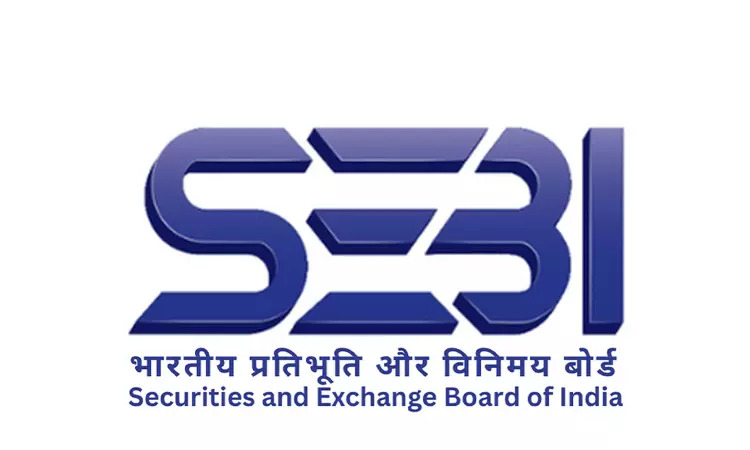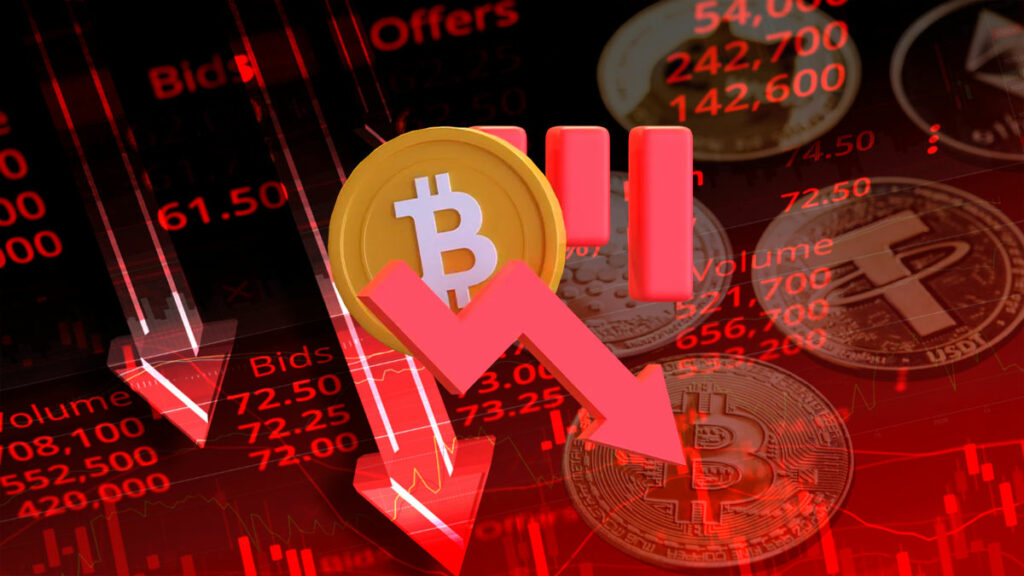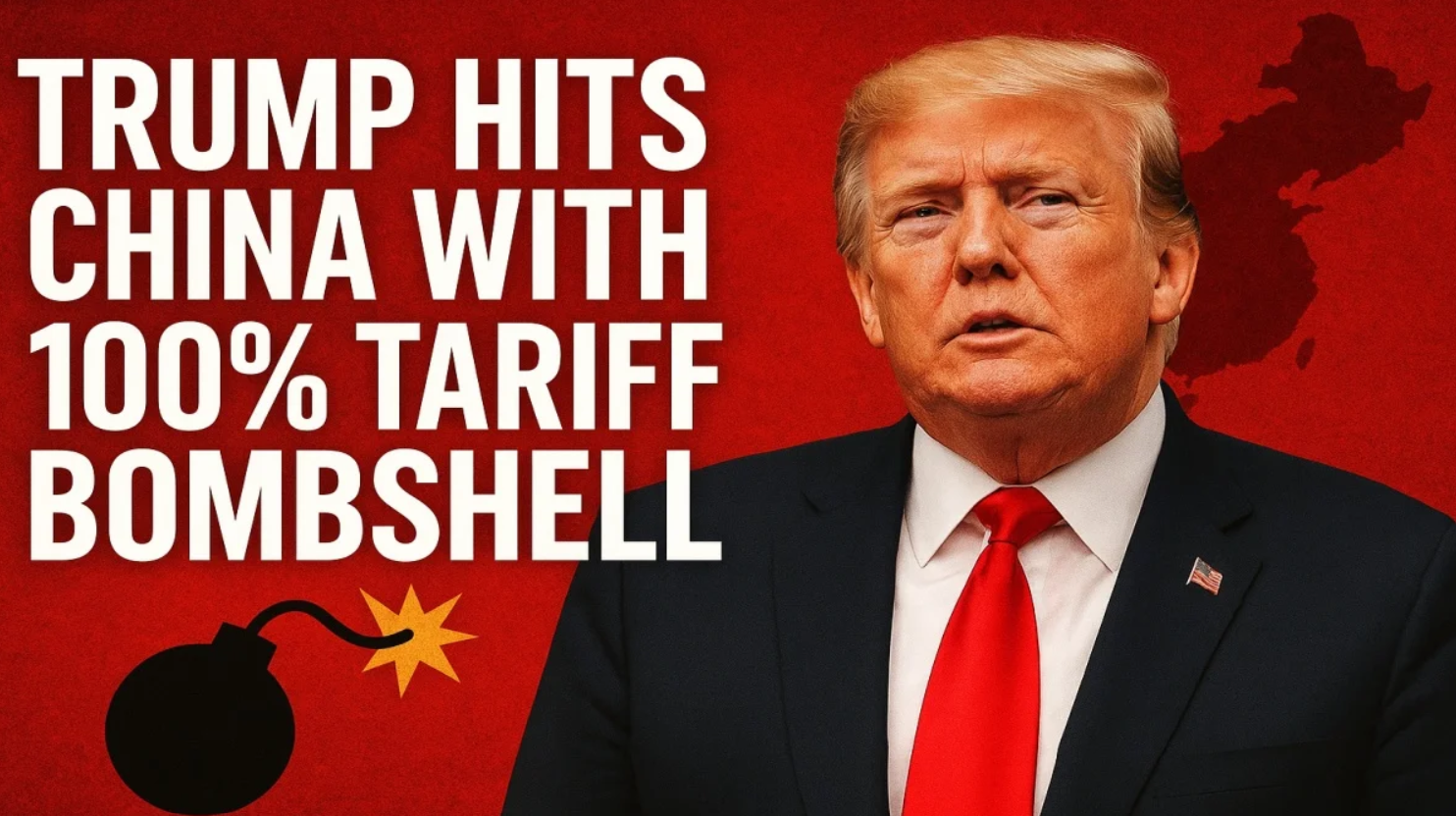India may be leading the global charts when it comes to trading volumes in the equity derivatives segment, but a closer look reveals a much more sobering truth. According to a fresh study released by the Securities and Exchange Board of India, a staggering 91 percent of individual traders who participated in the equity derivatives segment during the financial year 2025 ended up incurring net losses. The report, which examined patterns between December 2024 and May 2025, shows that this trend is consistent with the previous financial year, suggesting that very little has changed in terms of risk management and investor outcomes.

The findings of the study come at a time when SEBI is already under the spotlight following its historic action against US-based algorithmic trader Jane Street for manipulation of index options. That action highlighted not just the scale of institutional influence in derivatives but also the vulnerabilities of retail investors trying to navigate the same space. The regulator’s recent study now strengthens the call for better investor protection mechanisms and potentially even restrictions on who should be allowed to trade complex derivatives.
The data shows that turnover in index options fell by 9 percent in premium terms and 29 percent in notional value between December 2024 and May 2025. While these short-term figures suggest some cooling, the longer-term view is more complex. Compared to figures from two years ago, index options volume has risen by 14 percent in premium terms and 42 percent in notional terms, indicating that overall trading appetite remains high despite recent turbulence.
What is particularly alarming is that even as volumes climb, the losses among individual investors remain widespread. While the number of unique individual traders participating in equity derivatives dropped by 20 percent from the previous year, it was still 24 percent higher than two years ago. This means that despite consistent patterns of loss, more individuals are entering the market than exiting, potentially unaware of the high risks involved.
The rise in participation and fall in profitability points toward a gap in understanding and education. Many retail investors may be lured by the promise of high returns without fully grasping the complexities or volatility of derivative instruments. The ease of access via mobile trading platforms and the rise of influencer-led financial content may also be contributing to this trend.

Market experts and brokerage heads are now urging SEBI to consider stricter entry norms for retail participants in the derivatives segment. Sandip Raichuria, CEO of broking and distribution at Prabhudas Lilladher, echoed this sentiment, suggesting that SEBI should set clear qualifications or thresholds to ensure that only financially literate and risk-aware individuals participate in such markets. This view was backed by other leading brokerage firms, who feel that the regulator must step in more proactively to ensure long-term investor protection and market stability.
India’s position as a global leader in derivative trading volume is impressive on paper, but the real success of a financial system lies in how it protects and empowers its smallest participants. If nine out of ten retail investors continue to lose money year after year, the ecosystem risks becoming unsustainable and skewed toward institutional dominance. The SEBI report serves as a wake-up call for investors, platforms, and regulators alike.
Investor education, transparent disclosures, and possibly a reassessment of who should trade derivatives might be the next logical steps. Until then, individuals must tread with caution and a deeper understanding of what they are getting into.
If you are planning to explore the world of trading or want to build your financial skills the right way, follow You Finance on Instagram and Facebook for insights, tips, and tools to help you grow smarter with your money.















